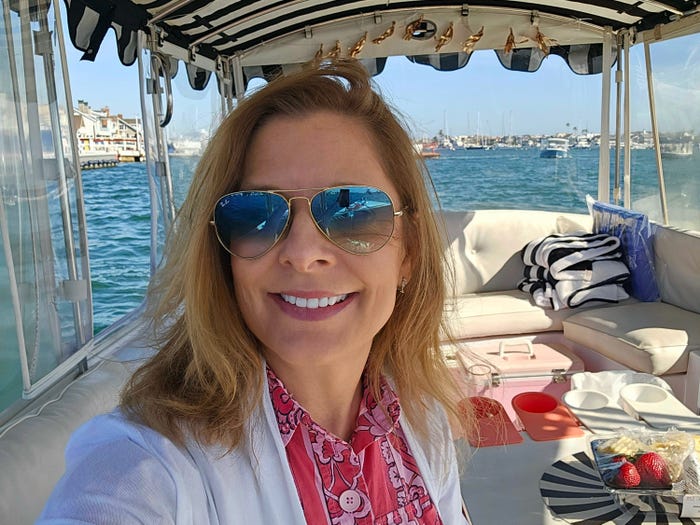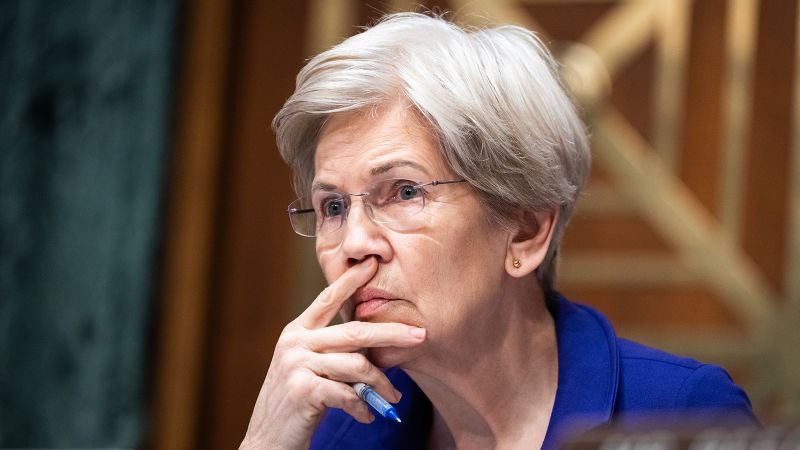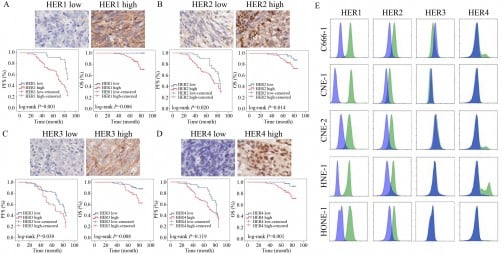Oncologist Abandons White Coat to Foster Patient Connections

In a bold move aimed at enhancing patient relationships, Dr. Stephen J. Forman, an oncologist at the City of Hope in Los Angeles, has decided to stop wearing the traditional white coat after more than 25 years in practice. He believes that the coat, often seen as a symbol of authority and medical expertise, actually acts as a barrier between doctors and patients, particularly those diagnosed with cancer who require both emotional and physical support.
Dr. Forman argues that the white coat, which has been worn by physicians since the 19th century as a mark of scientific credibility, may no longer serve its intended purpose. He states that while the coat might superficially convey knowledge, the essential connection between a physician and a patient is far more critical than any uniform. This connection begins with the first interaction, often during a time filled with fear and uncertainty for the patient.
Reassessing Tradition in Medicine
The tradition of wearing a white coat was formalized with the white coat ceremony, which originated at the University of Chicago and is now practiced in over 200 medical schools globally. This ceremony symbolizes a medical student’s entry into the profession, akin to a rite of passage. Nonetheless, Dr. Forman emphasizes that, unlike a clergy member, a physician’s role should focus on patient care rather than upholding ceremonial traditions.
Historically, the white coat represented a shift from the mysticism that dominated medicine to a more scientific approach to healthcare. Physicians adopted the coat to mirror laboratory scientists, thereby asserting their commitment to evidence-based practice. However, Dr. Forman points out that the practical utility of the white coat has diminished. It no longer serves as a storage space for essential medical tools; instead, it has become a symbol that can intimidate patients, invoking what is commonly known as “white coat syndrome,” where anxiety leads to elevated blood pressure and heart rates.
Building Trust Beyond Uniforms
The essence of healthcare lies in the relationship between a physician and their patient. Dr. Forman believes that patients seek a partnership rather than a hierarchical medical relationship. He aims to dismantle the power imbalance that the white coat represents, advocating for a more egalitarian approach to patient care.
By eliminating the coat, Dr. Forman hopes to foster a more approachable environment where patients feel seen and heard as individuals rather than just their diagnoses. He emphasizes the importance of recognizing patients as people with unique experiences who deserve compassion and understanding.
Dr. Forman’s perspective challenges long-standing practices in medicine, inviting other healthcare professionals to reflect on how attire impacts patient interactions. He concludes that, in the pursuit of better healthcare, it may be time to reconsider the necessity of the white coat in clinical settings, advocating for a more human-centered approach to medical practice.
The views expressed in this article reflect Dr. Forman’s personal convictions based on his extensive experience in the field of oncology, where establishing trust and connection with patients is paramount.






